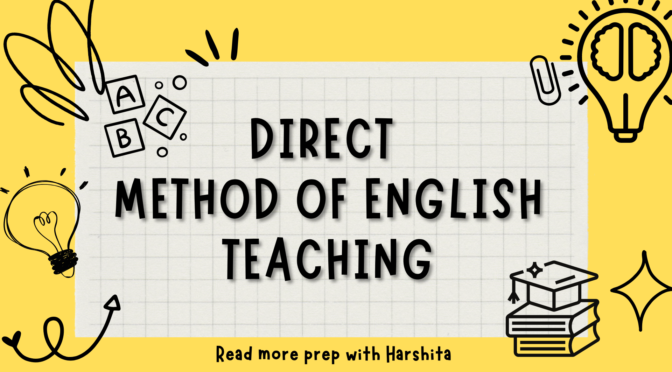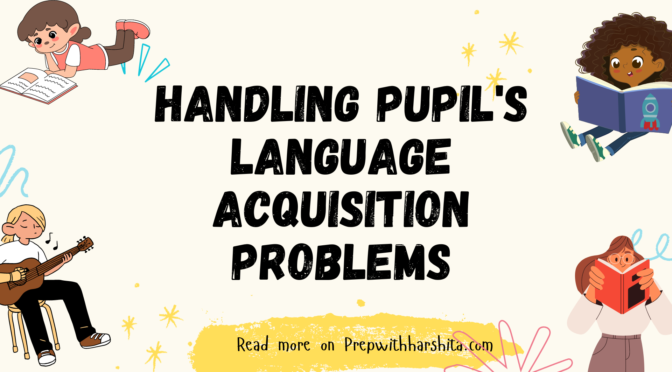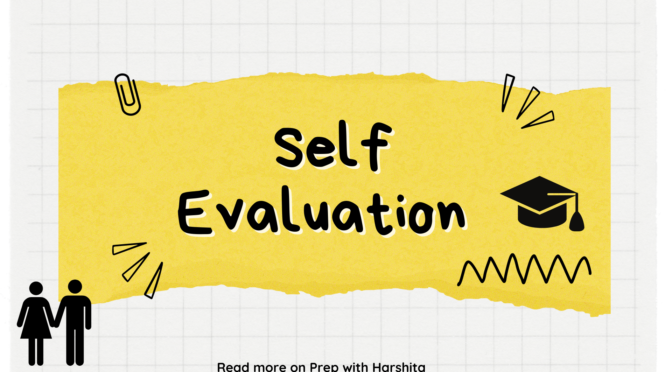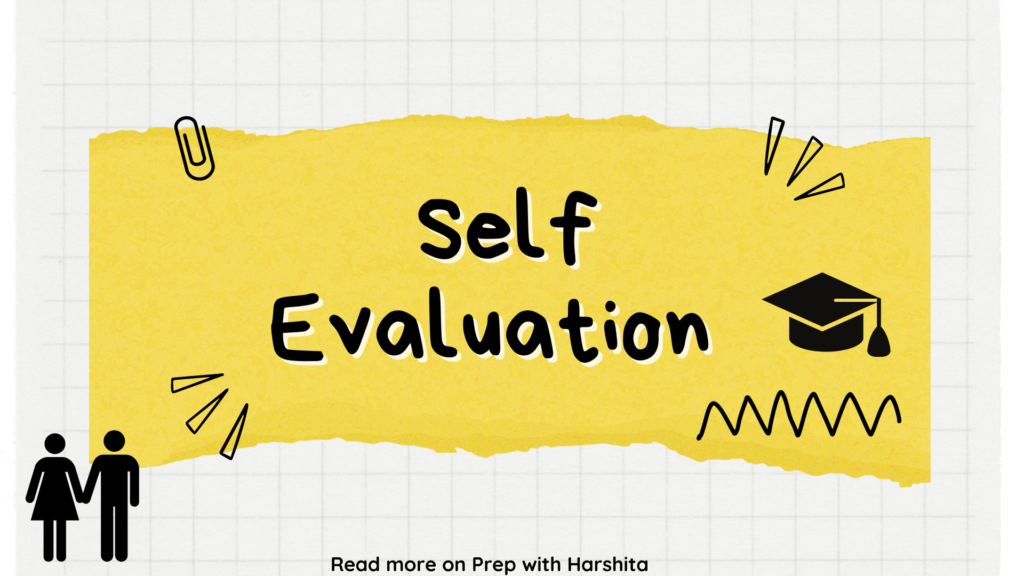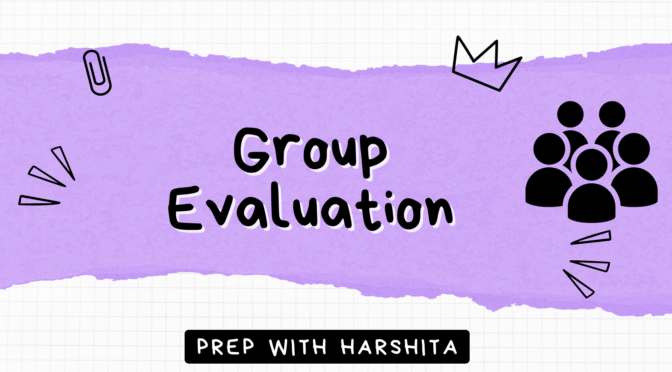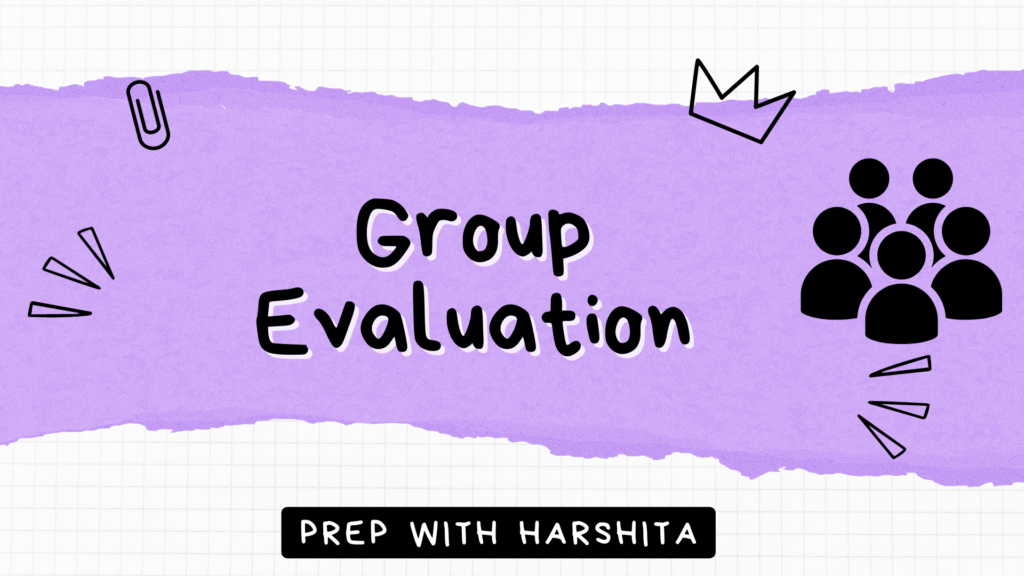The Direct Method is a language teaching approach that emphasizes the use of the target language in the classroom for teaching and learning purposes. It was developed in the late 19th century as a response to the limitations of traditional grammar-translation methods.
The Direct Method seeks to create a natural and immersive language learning environment, focusing on oral communication and the development of listening and speaking skills.
Here are some key features and techniques of the Direct Method:
- Oral Communication: The Direct Method prioritizes oral communication over written language skills. The target language is used exclusively in the classroom, and students are encouraged to communicate directly in the language from the very beginning.
- Vocabulary Introduction: New vocabulary is introduced through real-life objects, pictures, and gestures rather than translation. The aim is to establish a direct association between the target language and its meaning, bypassing the use of the native language.
- Demonstration and Imitation: The teacher models correct pronunciation, intonation, and sentence structures, and students imitate the teacher’s speech patterns. Emphasis is placed on accurate pronunciation and natural intonation.
- Contextualized Language Use: Language is taught in meaningful contexts rather than isolated grammar rules. Dialogues and situational role-plays are commonly used to provide real-life language practice and promote fluency.
- Grammar Acquisition: Grammar is taught inductively, meaning that students are exposed to grammatical patterns and rules through examples and contextualized language use. Students discover grammar rules through observation and practice rather than explicit instruction.
- Error Correction: Errors in speaking and pronunciation are immediately corrected by the teacher. The focus is on providing immediate feedback and guiding students towards correct usage, rather than emphasizing error analysis.
- Reading and Writing: Reading and writing skills are introduced gradually after a strong foundation in oral communication has been established. Reading materials are selected based on students’ language proficiency, and writing tasks focus on practical and functional purposes.
- Authentic Materials: Authentic materials such as newspapers, magazines, songs, and videos are used to expose students to real-life language use and cultural contexts. This helps develop students’ language skills and cultural awareness.
- Active Student Participation: Students are encouraged to actively participate in classroom activities, engage in conversations, and ask questions. Group work and pair work activities are often used to promote interaction and collaboration among students.
The Direct Method aims to create an immersive language learning environment that closely resembles how individuals acquire their native language.
By focusing on the direct use of the target language, meaningful communication, and contextualized language practice, the Direct Method aims to develop students’ fluency, accuracy, and confidence in the target language.
Also Read: Handling Pupil Language Acquisition Problem
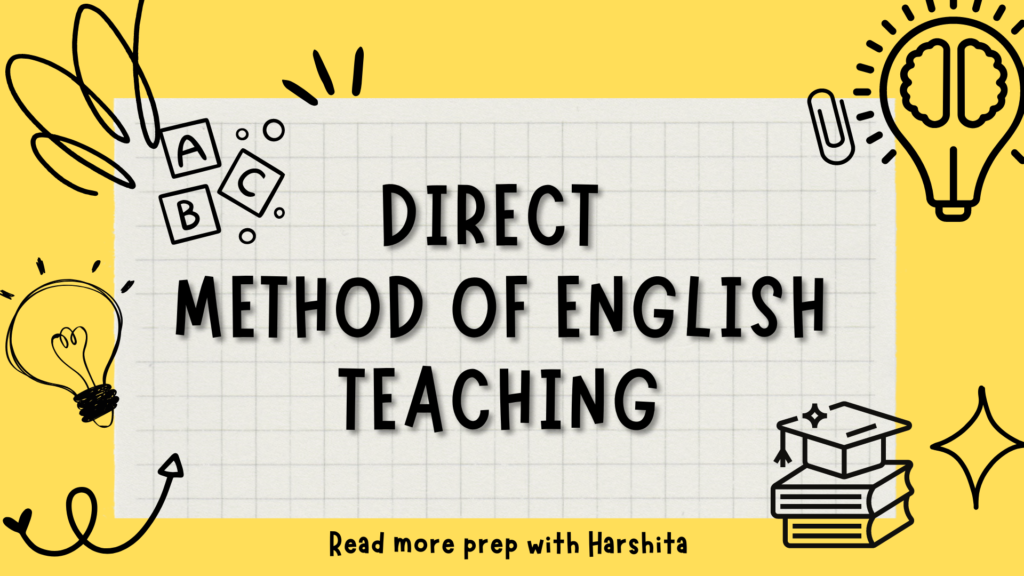
Also Visit: Prep with Harshita

